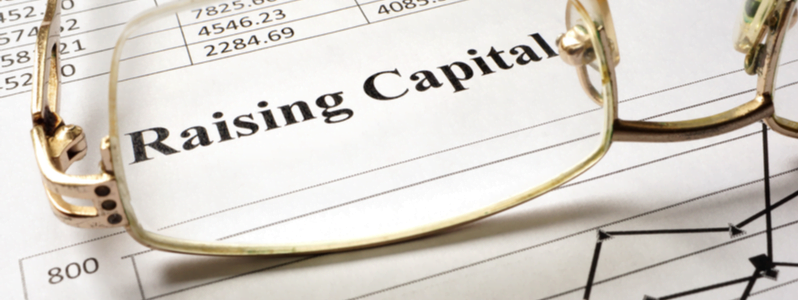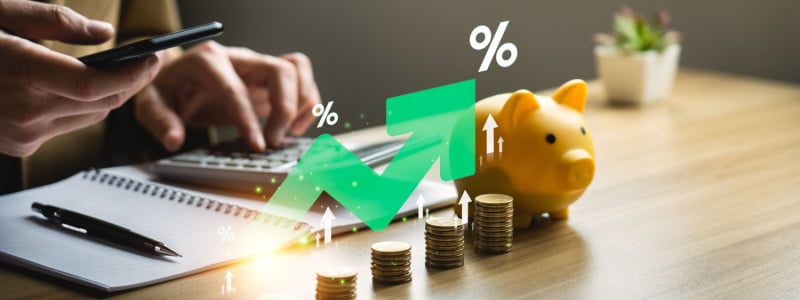A SAFE is a relatively novel method of raising capital within the Australian startup ecosystem. Here’s everything you need to know about the SAFE key terms.
Startups seeking to raise capital are now able to select from a wide range of financing structures. A Simple Agreement for Future Equity is a novel method of securing startup capital that is becoming increasingly popular with Australian startups.
First introduced by Y Combinator in the United States, the SAFE model has been adopted by Australian startups through an Australian version that functions as an alternative to traditional equity raises, which typically involves capital in return for shares.
Simple Agreements for Future Equity have a similar form as a convertible note, but can appear somewhat complicated at first glance. To help you understand how a the model works, this article will break down each SAFE key term of the agreement. Read more about SAFE and convertible notes here.
What is the Investment or Purchase Amount?
The Investment or Purchase amount is the amount of capital an investor or group of investors pay to a company upon entering into a Simple Agreement for Future Equity. A SAFE contains terms that obligate an investor to pay this amount to the company immediately upon the execution date detailed therein, and, in some cases, specifies the means of payment or type of payment, such as a bank transfer.
What is a Conversion Event?
Investors receive a contractual right to convert the capital they invest in a business into shares in the company when a conversion event occurs. Within the context of a SAFE, there are two types of conversion events — a qualifying round, and an exit event.
A qualifying round is defined as an equity fundraising event or a series of equity fundraising events executed by the company with the primary goal of raising capital. In simple terms, a qualifying round is the next round of capital raising that occurs subsequent to a SAFE round. At the conclusion of a qualifying round, investors are issued shares by the company in return for the investment they made under the SAFE, along with other investors that participated in the qualifying round.
Exit events are more complex, and can consist of a number of different scenarios that can include:
● The sale of all or a substantial amount of all the assets held by a company in a business sale
● An Initial Public Offering (IPO) on a recognised stock exchange
● The sale of all or a substantial amount of all shares in a company in a share sale
● Any other event that has the effect of selling a business
In general terms, an investor will be provided with the option to recoup their initial investment or convert their investment into shares at an exit event. As a shareholder, an investor is then able to participate in the exit event along with any other shareholders.
What is the Conversion Price?
Conversion events occur when an investor converts their initial investment to shares. At the occurrence of a conversion event, an investor receives a number of shares equal to the initial investment they made under the SAFE divided by the conversion price.
The conversion price, set at the qualifying round is typically the price per share at the time of the qualifying round, multiplied by a discount. The conversion price at an exit event is typically the fair market value of a share — should the exit even take the form of a share sale, the price per share is the fair market value of the shares connected with the share sale. This value is multiplied by 1 minus the discount rate.
A discount is not required in all cases but is a relatively standard element of a SAFE. An investor that receives a 15 percent discount rate would receive 15 percent more equity in the company compared to investors that participate in a conversion event directly.
Within the Australian startup and investment ecosystem, discounts of between 10 and 20 percent are relatively standard. It’s important to note that a SAFE is not a debt instrument, which means investors have no guarantee of receiving a return on their investment should the company they are investing in fail to reach a conversion event. A SAFE therefore exposes investors to greater risk than a traditional equity investment — ad discount incentivizes investors into taking on the risk a SAFE represents.
What is a Valuation Cap?
Some SAFE documents include a valuation cap, which functions as a predetermined and pre-agreed valuation of the company. Some startups choose to raise capital through a SAFE in order to avoid the requirement of needing to value a company. Including a valuation cap when establishing SAFE documents, however, can reduce the appeal of a SAFE to founders.
The inclusion of a valuation cap within a SAFE means that investors will receive either the number of shares calculated by the round price or by reference to the valuation cap within SAFE documents, with the higher value given priority. This protects SAFE investors from a company raising their next round at an excessive valuation, which would result in an investor receiving very little value in return for their investment.
When Does a SAFE Expire?
A SAFE does not include an expiry date — SAFEs are drafted to terminate upon the conversion of an investment into shares, or when a company pays back the capital invested to an investor in full.
Additional Terms
A SAFE should contain a number of other important terms, which can cover a variety of factors that include:
● How an investor’s investment is handled if a company goes into liquidation
● Any rights provided to an investor by a SAFE — in simple terms, this is no shareholder rights
● Any company or investor representations or warranties
● Confidentiality protections
Key Takeaways
The structure of a SAFE varies based on each individual relationship between an investor and a company — there is no standardized form of SAFE that a company or investor is obligated to use under Australian law. The terms listed in this article are typically present in most standard SAFEs, but it’s important to carefully review your own specific agreement.
All stakeholders within a SAFE should carefully review SAFE documentation and ensure they possess a deep understanding of how it operates. Read more from the Y Combinator website.
A SAFE can represent a complex agreement between parties — if you’re considering entering into a SAFE, reach out to Fullstack for tax guidance today.
Was this article helpful?
Related Posts
- Raising Capital: 7 Key Questions You Need to Ask
Raising capital is not an easy task and is often very time-consuming, but the need…
- Convertible Notes and SAFEs
Convertible Notes and SAFEs are common fundraising methods for startups and often applied in raising…
- 7 Steps to Managing Cash Flow Better
Well managed cash flow is a key for startup success. Here are 7 steps you…
- A Guide on How to Rank Your Investors
Investors can bring so much more than to the table and the type of investor…
















